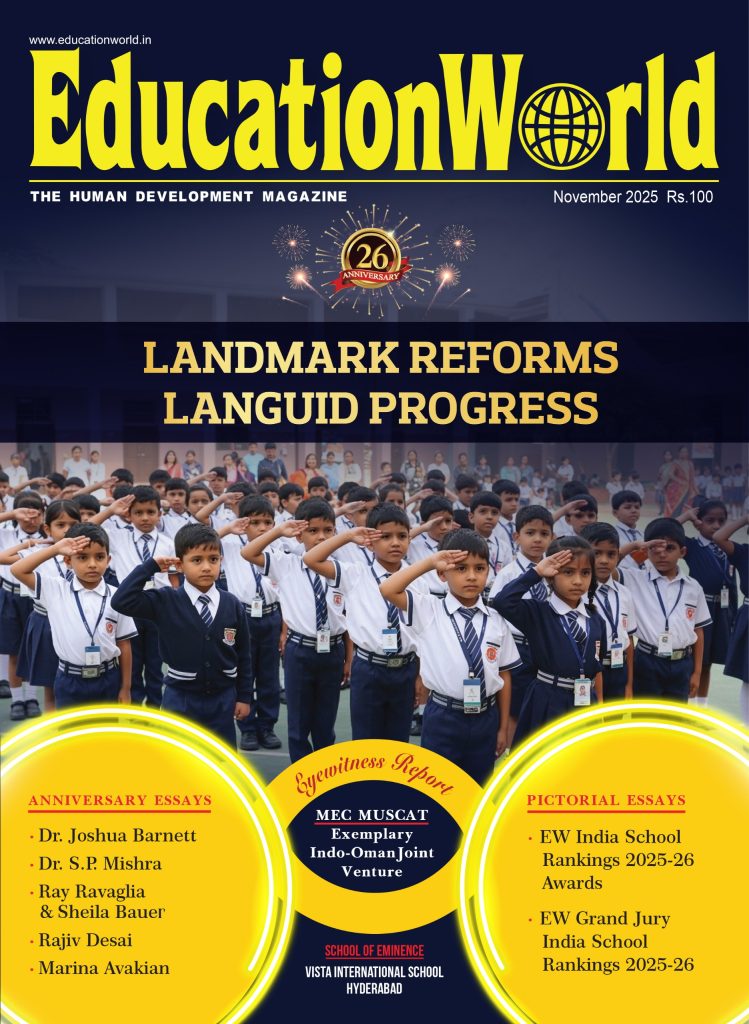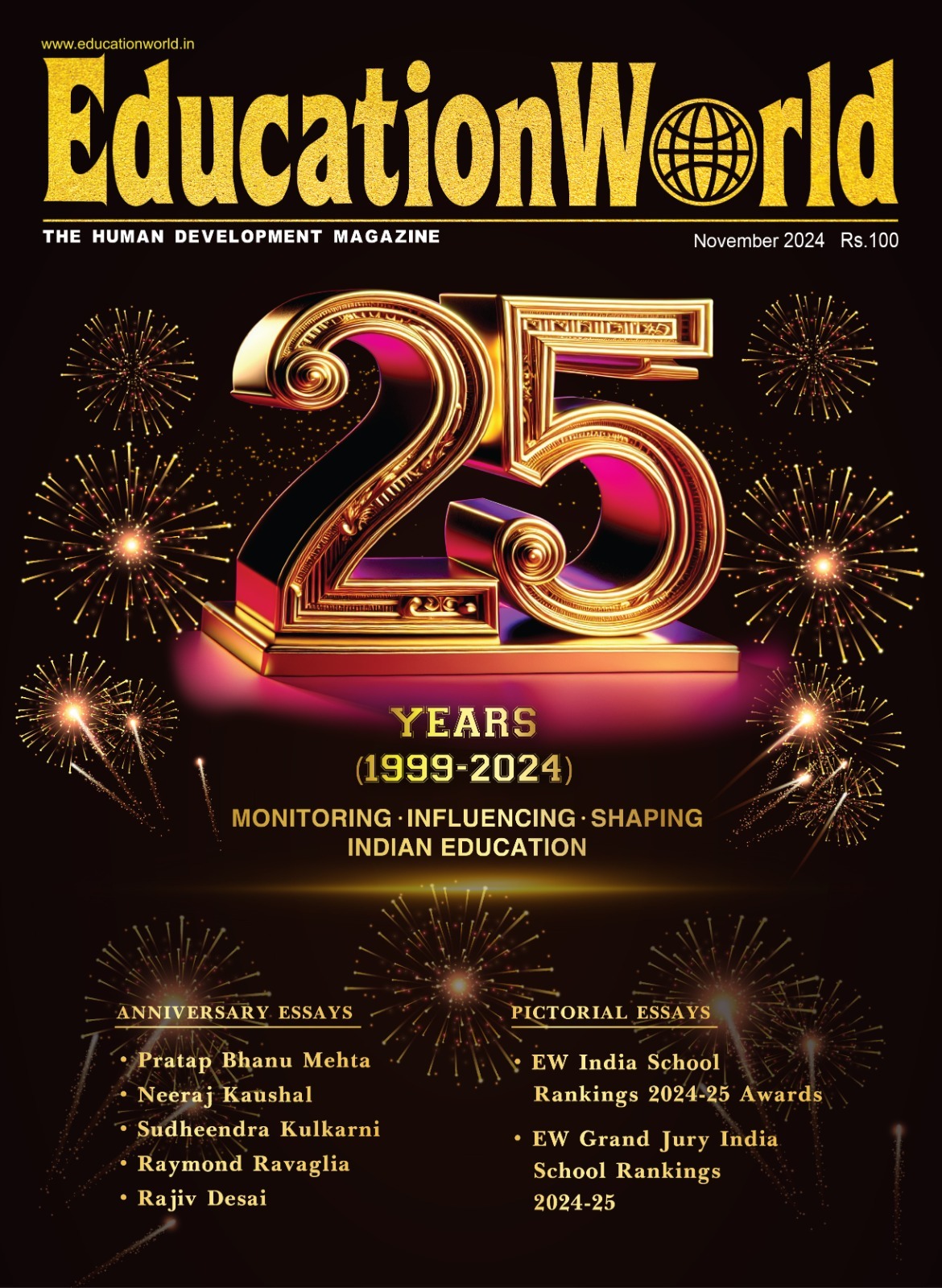Sorry plight of Indian universities
(Rajiv Desai is president of Comma Consulting and a well-known Delhi-based public intellectual)
Let us be clear about the purpose of India’s universities: it has been to deliver poorly educated men and women into the workforce. Such frustrated young people easily fall prey to demagogues

RAJIV DESAI
The lady on the other end was indignant: “Universities have become a parking lot for bigots and sycophants. They are the party faithful. Planted here to give a semblance of academic credibility to a medieval agenda that denies India’s heritage of tolerance,” she told me over the phone. As a teacher, she believes that ideological placements at universities and the bodies that govern them are intended to reward the faithful but undermine the fundamental nature of higher education. In her passionate view, such actions are detrimental to the spirit of independent inquiry and objective reasoning.
While largely true, the argument goes against the record of academic institutions. There are many who believe that India’s universities have not been able to inculcate excellence and persistence. In my own experience, five years of education at a respected university failed to ignite passion for a career in mechanical, electrical, civil, metallurgical, or chemical engineering.
Over the years spent in teaching and writing in the US, I came to understand that the Indian university system is merely fulfilling the commercial need for a degree. It also provides a path to securing admission to universities in America, like bail from the restrictive confines of India’s licence-permit raj. Meanwhile foreign policy mavens are fretting about student and work visas when they should be focused on the unhinged tariff regime proclaimed by US President Donald J. Trump.
As an aside, consider this: the Trump administration says it endorses an America First policy. It has tried to correct what it perceives is an “imbalance” in favour of foreign products, services and personnel. Its supporters say the tariffs did it for products and services; the restrictive visa regime will slow the inflow of foreign students and professionals.
It is useful to remind gung-ho US nationalists who form the bulk of Trump’s support, that many US companies are steered by Indians, including megacorps Microsoft and Google. Also, numerous Indian doctors serve in America’s rural areas that would be hard-hit without them. Plus, Indians occupy key positions in the US academy. What’s more, not just in corporates and professions, Indian workers discharge a vital role in convenience stores, gas stations, fast food outlets. Dunkin Donuts is reported to favour handing out its franchises to Indian entrepreneurs. Hence the ‘Omwich’ (omelet sandwich) billboards visible everywhere, especially neighbourhoods with large Indian diaspora presence.
This is not to suggest that Indians are indispensable, but they do play vital roles in the US economy. Trump supporters need to be reminded that Indians are not taking jobs away from Americans, they are useful links in the US supply chain. It is ingratitude to disdain them. Most of them are not old school immigrants, “your tired, your poor, your huddled masses yearning to be free.” They represent the Go West ethic that built America.
Over the years, new generations of immigrants with Indian roots have made their presence felt in almost every sector of American society. Many live in leafy suburbs in million-dollar homes and high-end urban neighbourhoods. They are not just well off, but well-integrated into the mainstream. The fact they are English speaking has gone a long way in helping them achieve this status.
One of the objectives of this dissertation is also to put to rest growing sentiment that all non-resident Indians are bigots who support the hate agenda spewed by communal groups in India. In the many years we lived in Chicago, we formed and were part of progressive groups that embraced the secular republic proclaimed in the preamble to the Constitution of India.
Coming back to the plight of Indian universities, let us be clear: their purpose has been to deliver millions of poorly educated men and women into the workforce. Such frustrated young people easily fall prey to the messianic calls of demagogues.
This happened in Europe nearly a century ago and is now playing out in former European colonies. In India, such regressive forces have been held in check by a watchdog democracy. Leaders like Nehru and Gandhi inspired respect for the Constitution and democracy. But without sensible economic agendas, India remained mired in poverty and illiteracy, breeding grounds for populism.
Returning back to what the articulate teacher said, the Indian university system is in large part responsible for the confusion that governs India. In recent times, the academic world has been riven by influx of politics. Ruling parties have always influenced appointments, admissions and curricula. Consequently, the academy has been subverted by competing ideologies. Yesterday, it was besotted by the left’s licence-permit raj ideology; today, it is at the mercy of the aggressive right-wing nationalism.
As a result, the reputation of the Indian academy is in tatters. This has grave consequences for 43 million youth and teachers seeking to upgrade skills and learning to become globally competitive. The ruination of Bengal’s once great universities is a live example of the consequence of party faithfuls and apparatchiks being parachuted into varsity leadership and faculty positions.

















Add comment